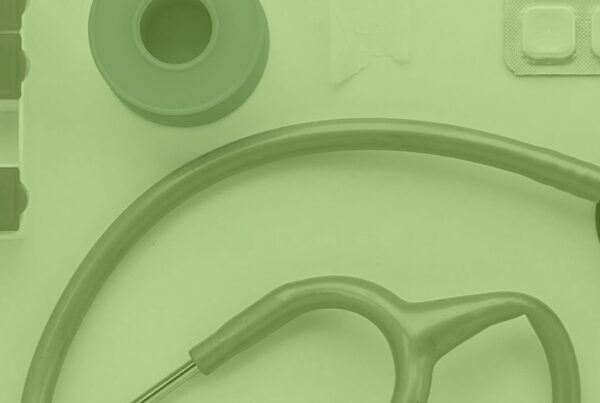Catchbox is the world’s first throwable microphone. First conceived in 2012, the product has gone through a number of iterations and prototypes to finally becoming a fully working, safe and fun product that engages audiences around the world, whether they are attending conferences, workshops or lectures. Richard handles marketing & community activities for Catchbox, and he is here to tell the story of the throwable microphone.
The Root of the Problem
Whether it has been a corporate all hands meeting, a conference, or a university lecture, we have all at some point found ourselves looking at the clock and started counting down the minutes. At the beginning of our journey to create Catchbox, we looked at this problem and realised its roots; a lack of audience engagement. Instead of participating at events, audiences were left to sit quietly and listen. Not only did this make for a fairly dull atmosphere, but more importantly, a lot of the learning and productivity was being lost. After speaking with many industry experts, ranging from professional speakers to event organisers, we realised the problem of getting audiences engaged was systematic. Everyone was looking for a solution, yet a good one simply did not exist. So began our quest.
Finding a Solution
Our initial thoughts were to solve the problem using software and smartphones. However, after making some initial trials we realised we did not want audiences to learn a completely new technology. Furthermore, stage microphones were already used for Q&A. Even though they were cumbersome and slow, everyone knew how to use them. We also liked the idea of having something physically present in a space. Something that didn’t require additional setup, and hence could be used spontaneously. The choice was then obvious: it had to be an actual microphone, and it needed to fly. The idea was just absurd enough to maybe work.
Fun is the Way to Go
After all, what is the best way to disarm a stressful situation? Add humor and fun to it. How to to tackle the slowness of people passing microphones? Eliminate the need for a person to actually carry one. We wanted to create something that would lighten up the situation and make asking questions fun and encouraging. For our first prototype we simply put a microphone into a soft toy and used it at a conference in Helsinki. To our surprise, not only did the early prototype not break, but everyone loved it. The Catchbox seemed to act as an icebreaker, quickly evaporating the tension from the room with a simple throwing gesture. What started as a 5 minute formal Q&A quickly turned into a 30 minute discussion with everyone wanting a turn to use the Cathcbox. (It was actually called friendly mic back then)
Back to the Drawing Board
After our initial success, conference organisers started lining up to rent out the unit for their own events. With each event we were able to make improvements to the shape, design, and technology to make the product even more effective. At the same time, however, we realised a problem. While organisers loved the product, they didn’t want two companies handling the audio, and audio staging companies didn’t want to connect something they weren’t familiar with into their professional systems. Renting the Catchbox was fine for the short term but if we truly wanted to change events globally we had to create a certified manufactured product, not just a prototype. Hence we went back to the drawing board and started developing Catchbox 2.4 and Catchbox Pro, two systems designed for the needs of audiences, event organisers, and audio professionals. Please keep in mind we did not simply put a microphone into a soft case. A lot of thought and hard work went into designing the Catchbox.
Not Just a Microphone in a Toy
To ensure safety, we had to make the product soft and very light. Using advances in foams and technical fabrics, the current Catchbox weighs the same as a handheld microphone, while having enough padding to protect both the electronics inside and people catching the product. The fabric in turn is carefully treated to repel dirt, water, and bacteria. Our AutoMute technology in turn makes sure the device will automatically mute when thrown or dropped, meaning the device includes a number of sensors to determine motion. To make the wireless link stable, industry leading wireless chipsets were incorporated, along with automatic frequency hopping and antenna diversity. To ensure the best sound quality tailored for speech, the latest advances in microphone elements developed for smartphones were employed.
And the result? After two years of development, the Catchbox 2.4 and Pro are certified in the US and Europe, and the product has won the Red Dot Design award in 2015. With already over 1000 units sold, we are well on our way to make Catchbox an integral part of any event that wants audience engagement.








